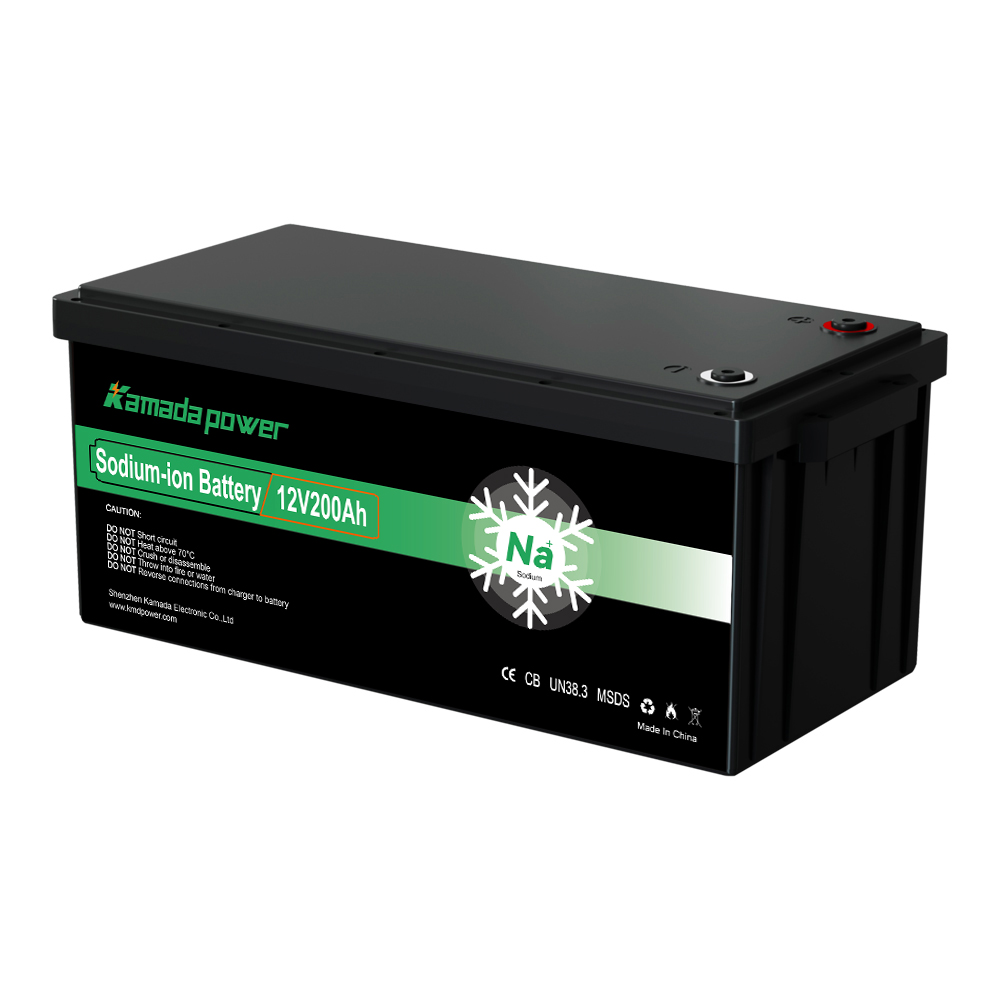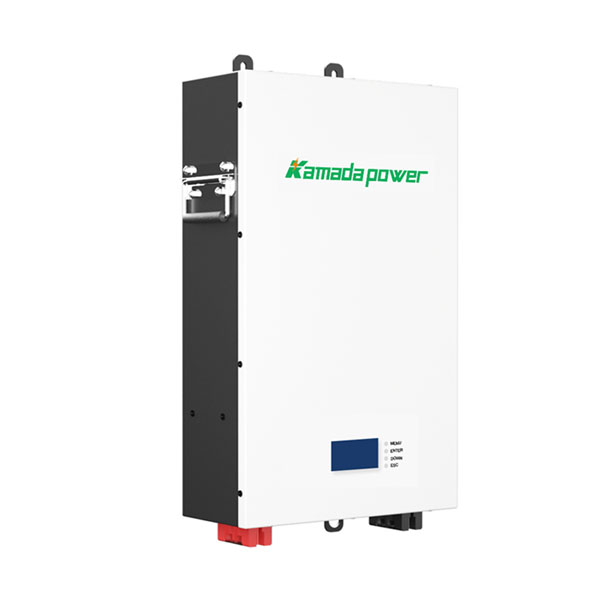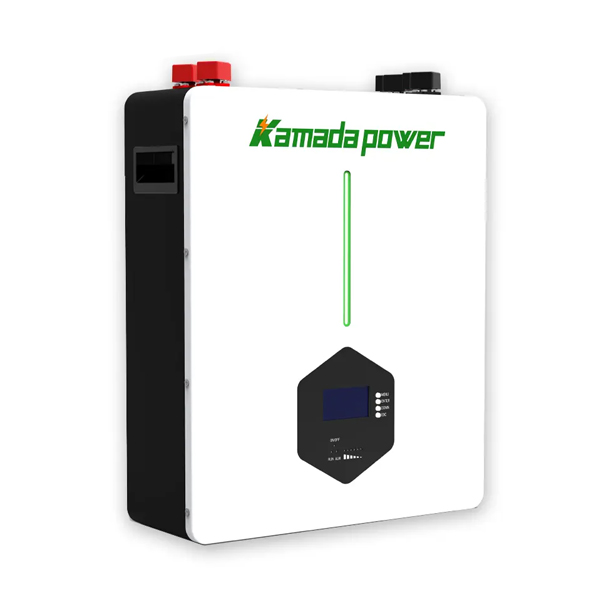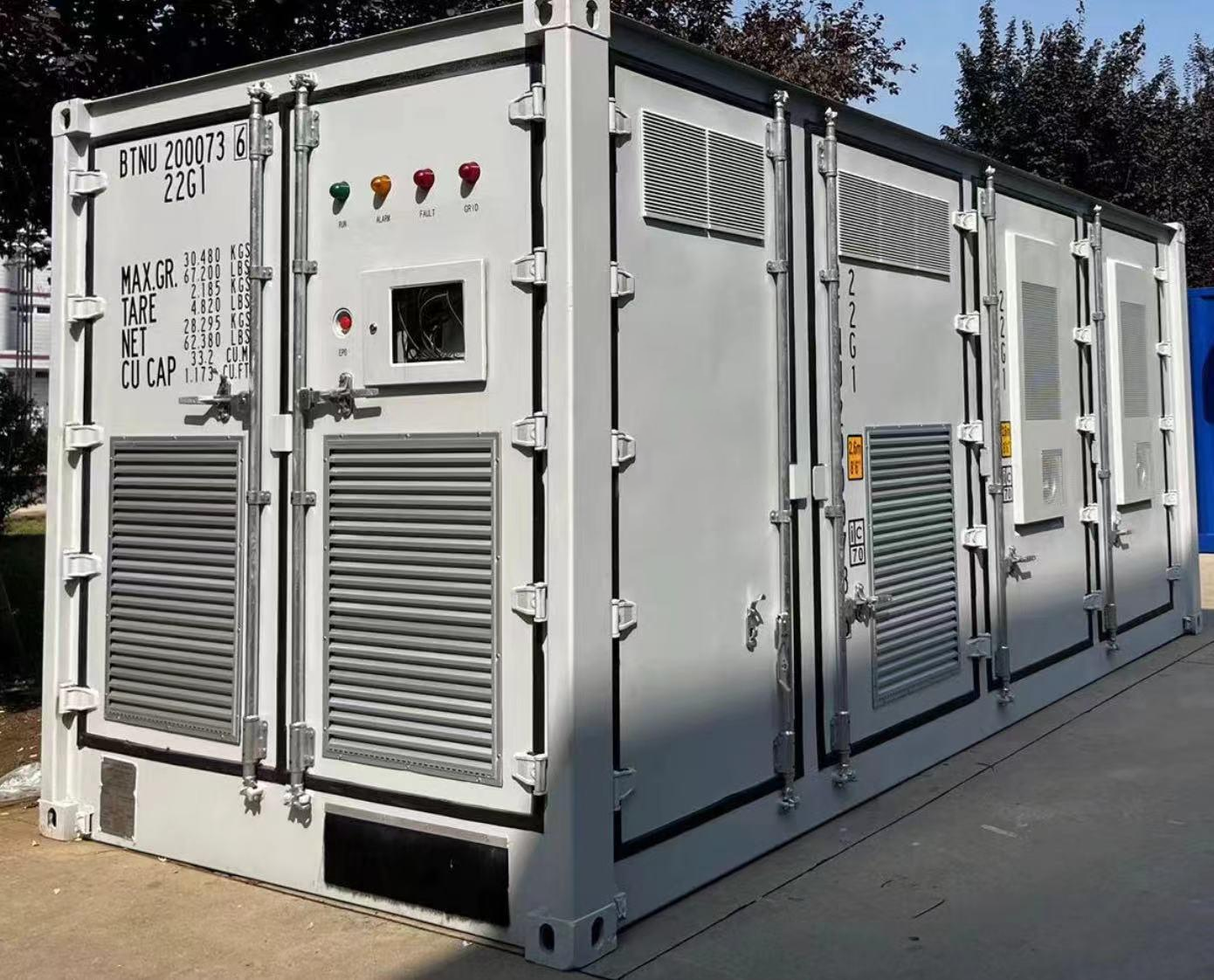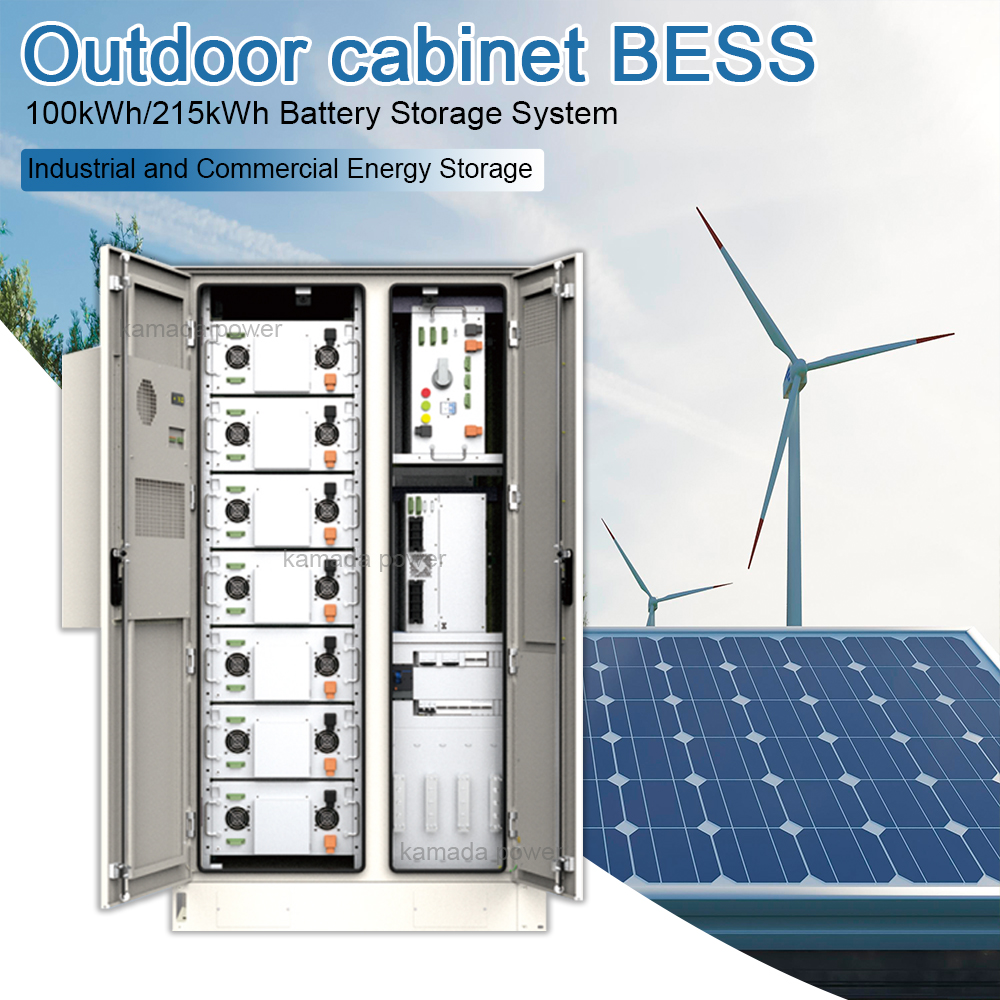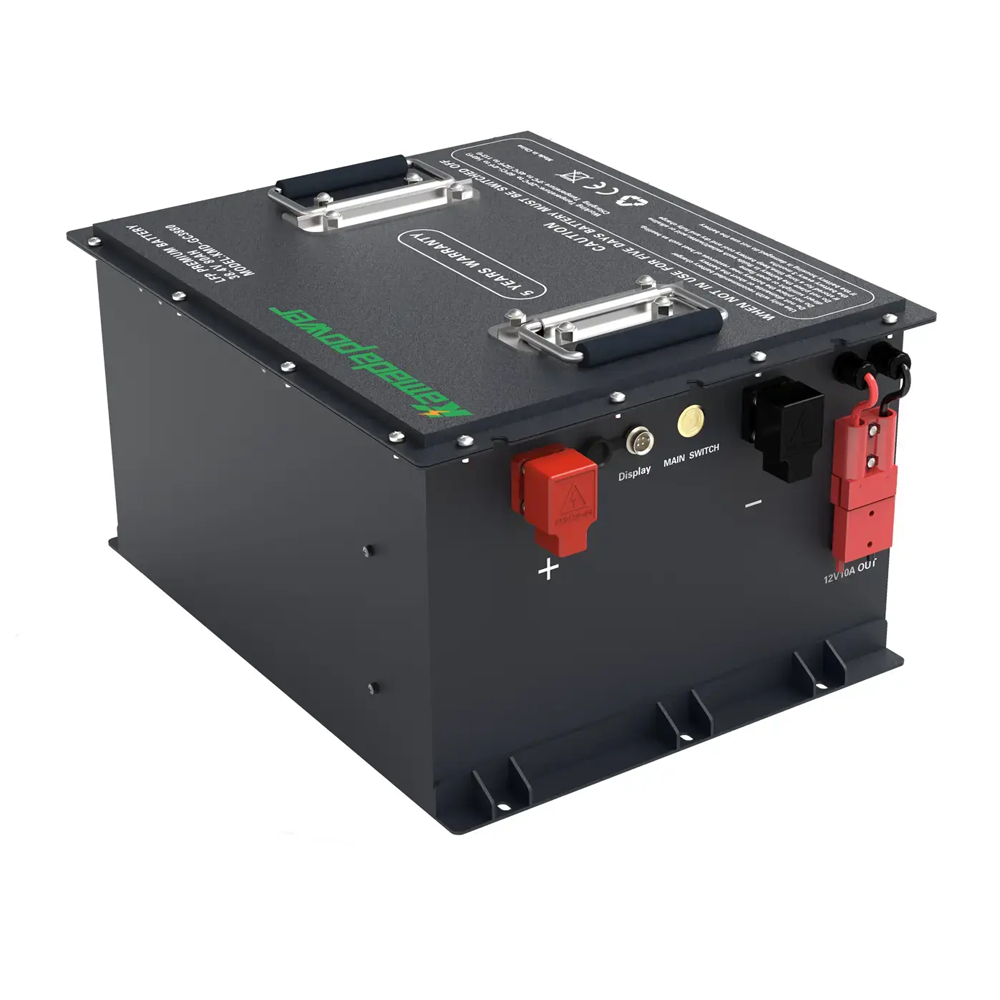Choosing the right lithium battery for your recreational vehicle (RV) is crucial for ensuring optimal performance and longevity. Lithium batteries, particularly lithium iron phosphate (LiFePO4) batteries, have become increasingly popular due to their numerous advantages over traditional lead-acid batteries. Understanding both the selection process and the correct charging methods is essential for maximizing the benefits of lithium batteries in your RV.
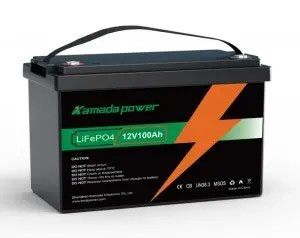
| Vehicle Class | Class A | Class B | Class C | 5th Wheel | Toy Hauler | Travel Trailer | Pop-Up |
|---|---|---|---|---|---|---|---|
| Vehicle Description | Large motor homes with all the comfort of home, may have two bedrooms or bathrooms, full kitchen & living area. House batteries combined with solar / generator could power all systems. | A van body with a customized interior for outdoor adventures and recreation. May have additional storage on top or even solar panels. | A van or small truck chassis with vinyl or aluminium exterior. Living areas built on top of the chassis frame. | 5th Wheel or Kingpin types are non-motorized trailers that need to towed. These are usually 30 foot or longer in length. | A tow hitch or 5th Wheel trailer with a drop down gate at the rear for ATVs or motorcycles. Furnishings are cleverly hidden in the walls and ceiling when ATVs etc.. are loaded inside. These trailers can be 30 foot or longer in length. | Travel trailers of various lengths. Small ones can be towed by cars, however, larger ones (up to 40 foot) need to be hitched to a larger vehicle. | Small trailers which have a tent top extend or pop up from the solid trailer base. |
| Typical Power System | 36~48 volt systems powered by banks of AGM batteries. Newer high spec models may come with lithium batteries as standard. | 12-24 volt systems powered by banks of AGM batteries. | 12~24 volt systems powered by banks of AGM batteries. | 12~24 volt systems powered by banks of AGM batteries. | 12~24 volt systems powered by banks of AGM batteries. | 12~24 volt systems powered by banks of AGM batteries. | 12 volt systems powered by U1 or Group 24 AGM batteries. |
| Maximum Current | 50 Amp | 30~50 Amp | 30~50 Amp | 30~50 Amp | 30~50 Amp | 30~50 Amp | 15~30 Amp |
Why Choose Lithium RV Batteries?
RV Lithium Battery offer several compelling advantages over traditional lead-acid batteries. Here, we delve into the key benefits that make lithium batteries the preferred choice for many RV owners.
More Usable Power
Lithium batteries provide the ability to use 100% of their capacity, regardless of the discharge rate. In contrast, lead-acid batteries only deliver around 60% of their rated capacity at high discharge rates. This means you can confidently run all your electronics with lithium batteries, knowing there will be ample capacity in reserve.
Data Comparison: Usable Capacity at High Discharge Rates
| Battery Type | Usable Capacity (%) |
|---|---|
| Lithium | 100% |
| Lead-Acid | 60% |
Super Safe Chemistry
Lithium iron phosphate (LiFePO4) chemistry is the safest lithium chemistry available today. These batteries include an advanced Protection Circuit Module (PCM) that safeguards against overcharge, over-discharge, over-temperature, and short circuit situations. This ensures a high level of safety for RV applications.
Longer Lifespan
Lithium RV batteries offer up to 10 times longer cycle life than lead-acid batteries. This extended lifespan significantly reduces the cost per cycle, meaning you will need to replace lithium batteries far less frequently.
Cycle Life Comparison:
| Battery Type | Average Cycle Life (Cycles) |
|---|---|
| Lithium | 2000-5000 |
| Lead-Acid | 200-500 |
Faster Charging
Lithium batteries can charge up to four times faster than lead-acid batteries. This efficiency translates to more time using the battery and less time waiting for it to charge. Additionally, lithium batteries efficiently store energy from solar panels, enhancing your RV’s off-grid capabilities.
Charging Time Comparison:
| Battery Type | Charging Time (Hours) |
|---|---|
| Lithium | 2-3 |
| Lead-Acid | 8-10 |
Lightweight
Lithium batteries weigh 50-70% less than equivalent capacity lead-acid batteries. For larger RVs, this weight reduction can save 100-200 pounds, improving fuel efficiency and handling.
Weight Comparison:
| Battery Type | Weight Reduction (%) |
|---|---|
| Lithium | 50-70% |
| Lead-Acid | – |
Flexible Installation
Lithium batteries can be installed upright or on their side, offering flexible installation options and easy configuration. This flexibility allows RV owners to make the most of available space and customize their battery setup.
Drop-In Replacement for Lead Acid
Lithium batteries are available in standard BCI group sizes and can serve as a direct replacement or upgrade for lead-acid batteries. This makes the transition to lithium batteries straightforward and hassle-free.
Low Self-Discharge
Lithium batteries have a low self-discharge rate, ensuring worry-free storage. Even with seasonal use, your battery will be reliable. We recommend checking the open-circuit voltage (OCV) every six months for all lithium batteries.
Maintenance-Free
Our plug-and-play design requires no maintenance. Simply connect the battery, and you’re ready to go—no need for topping up with water.
Charging a Lithium RV Battery
RVs use various sources and methods to charge batteries. Understanding these can help you make the most of your lithium battery setup.
Charging Sources
- Shore Power: Connecting the RV to an AC outlet.
- Generator: Using a generator to provide power and charge the battery.
- Solar: Utilizing a solar array for power and battery charging.
- Alternator: Charging the battery with the RV’s engine alternator.
Charging Methods
- Trickle Charging: A low constant current charge.
- Float Charging: Charging at a current-limited constant voltage.
- Multi-Stage Charging Systems: Bulk charging at constant current, absorption charging at constant voltage, and float charging to maintain 100% state of charge (SoC).
Current and Voltage Settings
The settings for current and voltage differ slightly between sealed lead-acid (SLA) and lithium batteries. SLA batteries typically charge at currents 1/10th to 1/3rd of their rated capacity, whereas lithium batteries can charge from 1/5th to 100% of their rated capacity, enabling faster charge times.
Charging Settings Comparison:
| Parameter | SLA Battery | Lithium Battery |
|---|---|---|
| Charge Current | 1/10th to 1/3rd of capacity | 1/5th to 100% of capacity |
| Absorption Voltage | Similar | Similar |
| Float Voltage | Similar | Similar |
Types of Chargers to Use
There is considerable misinformation about charging profiles for SLA and lithium iron phosphate batteries. While RV charging systems vary, this guide provides general information for end users.
Lithium vs. SLA Chargers
One of the reasons lithium iron phosphate was chosen is due to its voltage similarity to SLA batteries—12.8V for lithium compared to 12V for SLA—resulting in comparable charging profiles.
Voltage Comparison:
| Battery Type | Voltage (V) |
|---|---|
| Lithium | 12.8 |
| SLA | 12.0 |
Advantages of Lithium-Specific Chargers
To maximize the benefits of lithium batteries, we recommend upgrading to a lithium-specific charger. This will provide faster charging and better overall battery health. However, an SLA charger will still charge a lithium battery, albeit more slowly.
Avoiding De-Sulfation Mode
Lithium batteries do not require a float charge like SLA batteries. Lithium batteries prefer not to be stored at 100% SoC. If the lithium battery has a protection circuit, it will stop accepting a charge at 100% SoC, preventing float charging from causing degradation. Avoid using chargers with a de-sulfation mode, as it can damage lithium batteries.
Charging Lithium Batteries in Series or Parallel
When charging RV lithium batteries in series or parallel, follow similar practices as with any other battery string. The existing RV charging system should suffice, but lithium chargers and inverters can optimize performance.
Series Charging
For series connections, start with all batteries at 100% SoC. The voltage in series will vary, and if any battery exceeds its protection limits, it will stop charging, triggering protections in other batteries. Use a charger capable of charging the total voltage of the series connection.
Example: Series Charging Voltage Calculation
| Number of Batteries | Total Voltage (V) | Charging Voltage (V) |
|---|---|---|
| 4 | 51.2 | 58.4 |
Parallel Charging
For parallel connections, charge the batteries at 1/3 C of the total rated capacity. For instance, with four 10 Ah batteries in parallel, you can charge them at 14 Amps. If the charging system exceeds an individual battery’s protection, the BMS/PCM board will remove the battery from the circuit, and the remaining batteries will continue charging.
Example: Parallel Charging Current Calculation
| Number of Batteries | Total Capacity (Ah) | Charging Current (A) |
|---|---|---|
| 4 | 40 | 14 |
Optimizing Battery Life in Series and Parallel Configurations
Occasionally remove and individually charge batteries from the string to optimize their lifespan. Balanced charging ensures long-term performance and reliability.
Conclusion
Lithium RV battery offer numerous advantages over traditional lead-acid batteries, including more usable power, safer chemistry, longer lifespan, faster charging, reduced weight, flexible installation, and maintenance-free operation. Understanding the proper charging methods and choosing the right chargers further enhances these benefits, making lithium batteries an excellent investment for any RV owner.
For more detailed information on lithium RV batteries and their benefits, visit our blog or contact us with any questions. By making the switch to lithium, you can enjoy a more efficient, reliable, and environmentally friendly RV experience.
FAQ
1. Why should I choose lithium batteries over lead-acid batteries for my RV?
Lithium batteries, particularly lithium iron phosphate (LiFePO4) batteries, offer several advantages over traditional lead-acid batteries:
- Higher Usable Capacity: Lithium batteries allow you to use 100% of their capacity, unlike lead-acid batteries, which only provide around 60% of their rated capacity at high discharge rates.
- Longer Lifespan: Lithium batteries have up to 10 times longer cycle life, reducing the need for frequent replacements.
- Faster Charging: They charge up to 4 times faster than lead-acid batteries.
- Lighter Weight: Lithium batteries weigh 50-70% less, improving fuel efficiency and vehicle handling.
- Low Maintenance: They are maintenance-free, with no need for water topping or special care.
2. How do I charge lithium batteries in my RV?
Lithium batteries can be charged using various sources such as shore power, generators, solar panels, and the vehicle’s alternator. The charging methods include:
- Trickle Charging: Low constant current.
- Float Charging: Current-limited constant voltage.
- Multi-stage Charging: Bulk charging at constant current, absorption charging at constant voltage, and float charging to maintain 100% state of charge.
3. Can I use my existing lead-acid battery charger to charge lithium batteries?
Yes, you can use your existing lead-acid battery charger to charge lithium batteries, but you might not get the full benefits of faster charging that a lithium-specific charger provides. While the voltage settings are similar, using a lithium-specific charger is recommended to optimize performance and ensure the best battery health.
4. What are the safety features of lithium RV batteries?
Lithium RV batteries, particularly those using LiFePO4 chemistry, are designed with safety in mind. They include advanced Protection Circuit Modules (PCM) that protect against:
- Overcharge
- Over-discharge
- Over-temperature
- Short circuits
This makes them safer and more reliable compared to other types of batteries.
5. How should I install lithium batteries in my RV?
Lithium batteries offer flexible installation options. They can be installed upright or on their side, which allows for more flexible configuration and use of space. They are also available in standard BCI group sizes, making them a drop-in replacement for lead-acid batteries.
6. What maintenance do lithium RV batteries require?
Lithium RV batteries are virtually maintenance-free. Unlike lead-acid batteries, they do not require water topping or regular care. Their low self-discharge rate means they can be stored without frequent monitoring. However, it is recommended to check the open-circuit voltage (OCV) every six months to ensure they remain in good condition.


